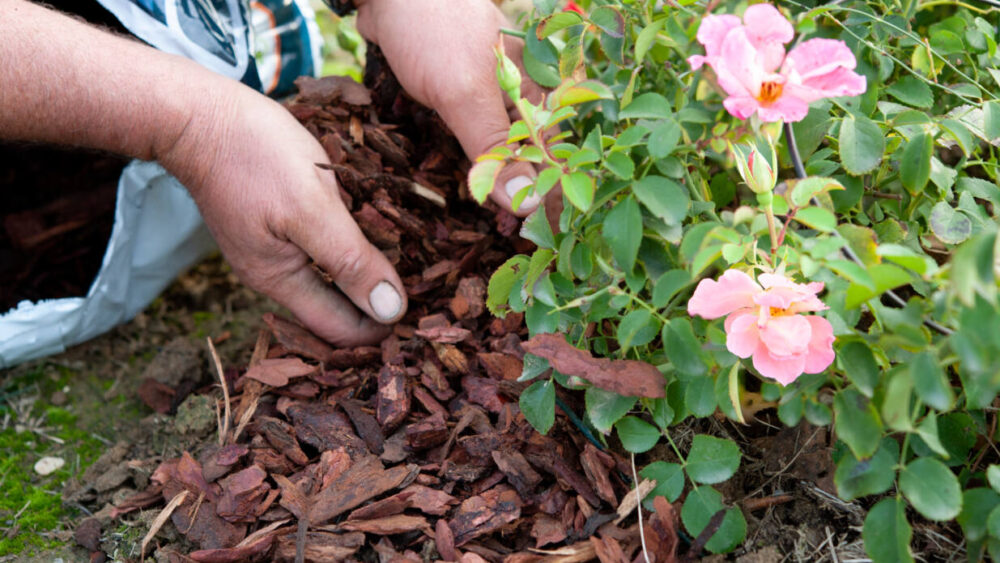The story behind the Christmas cactus

‘Tis the season for the Christmas cactus! Never heard of it? These drooping cacti with their weeping willow-like flowers in red, pink, white and orange look like clusters of jingle bells, making them the perfect plant with which to decorate your mantel during the holiday party season. But is their bell-like appearance the only source of the schlumbergera’s holiday-inspired name?
There are a number of heartwarming tales around the internet that claim to tell the true origin story of the cactus. Larry Hodgson, the man behind the Laidback Gardener blog, for example, writes that the story comes from Brazil, the cactus’ native land. Apparently, a young boy prayed to God, asking for a sign of Christmas as a reprieve from the heat and humidity of the jungle. On Christmas Day, when he emerged from his hut, he saw that the jungle had filled with the flowering cacti overnight.
Another version of the story, which appears on the Flower Meaning site, claims that Father Jose, a Jesuit missionary, tried to teach the jungle natives of Bolivia about the Bible but struggled to gain their trust. On Christmas Eve, overwhelmed by the enormity of his task, he prayed to God for guidance. Suddenly, he heard the villagers singing a hymn he had taught them. When he turned, he saw the village children marching into the church with armfuls of bright flowers they had gathered for the Christ Child. These flowers became known as the Christmas cactus.
According to a piece published by the University of Illinois Extension, however, the name has more to do with the time of year in which the cactus blooms than anything else. In fact, similar-looking cacti from the schlumbergera family are also referred to as Thanksgiving and Easter cacti. The Thanksgiving cactus tends to bloom in late fall, about a month before the Christmas cactus, and the Easter cactus begins blooming in February.
No matter what the origin story, you can learn how to help your own Christmas cactus flourish right here.






